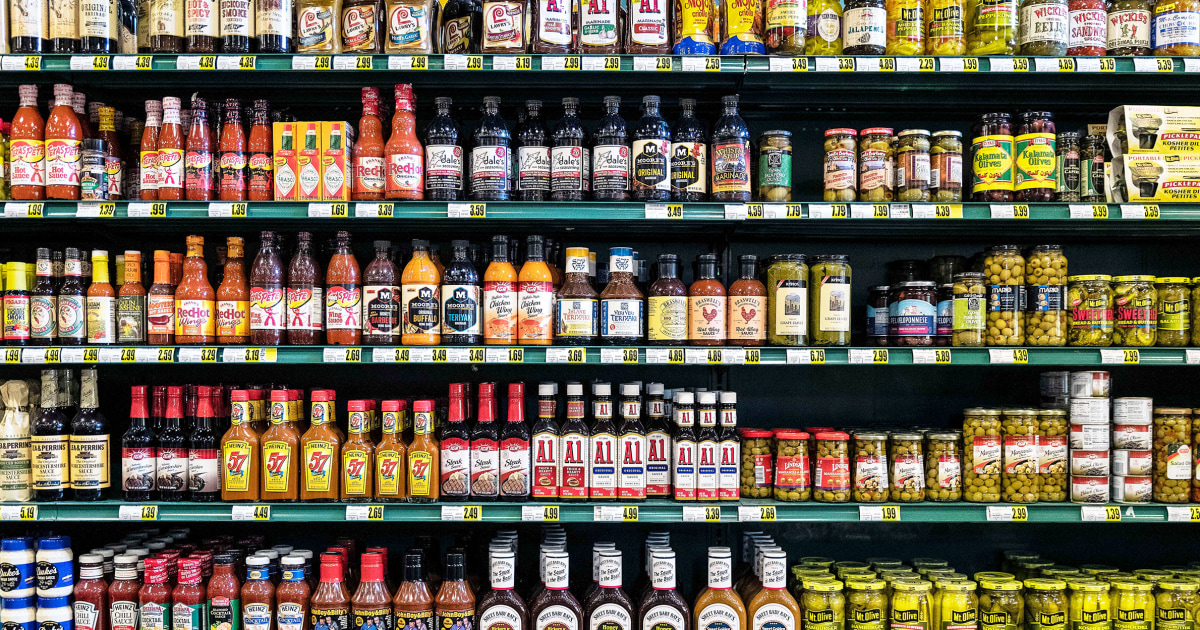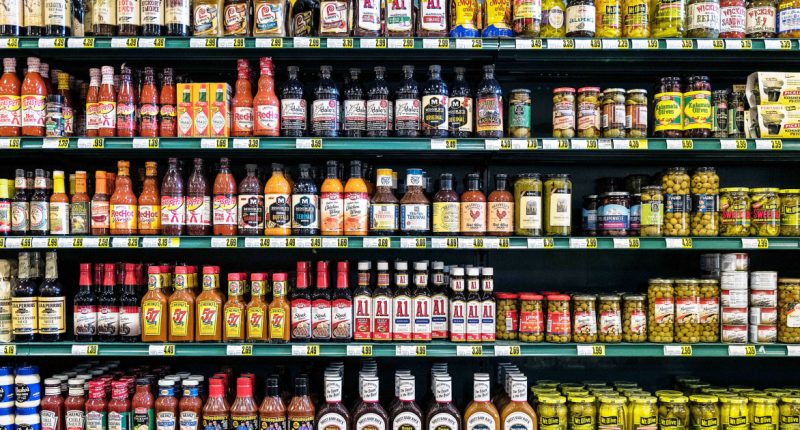
Until recently, Brooke Benson considered herself a Panera Bread loyalist. For the past 12 years, the 40-year-old Orlando, Florida, resident said she’d make three to four trips there every week — an estimate her husband said was closer to four or five — to get her favorite soups.
But after the outpost of the restaurant chain near Benson’s home raised its price to $8.79 for the same bowl of soup that had cost $7.09 three years ago, she said she was done.
“I actually have been looking at soup at all these different places and comparing the prices,” Benson said by text. “I can get better soup in larger portions for cheaper” elsewhere, she said.
Panera Bread didn’t respond to a request for comment, but several big brands are now acknowledging that inflation-weary Americans are walking away from products and services that keep getting costlier.
Many companies that raised prices during the recovery from the pandemic cited higher costs for the ingredients, materials and labor needed to provide goods and services that many consumers were racing to buy. Those price hikes, exacerbated by supply chain snags in late 2021, helped push the annual inflation rate to a four-decade high of more than 9% by summer 2022. It has since fallen to 3.1%, meaning prices overall are still going up, albeit more slowly.
That has put customers in a game of chicken with companies that continue to raise prices.
McDonald’s recently vowed to focus more on affordability this year, with CEO Chris Kempczinski saying in a recent earnings call that lower-income customers were forgoing the golden arches to eat more cheaply at home.
Baja Fresh and Wetzel’s Pretzels operator MTY Food Group said last week that same-store sales fell 0.9% yearly across its brands, after consumers responded to higher prices by reining in spending. CEO Eric Lefebvre said the company would be able to make only “very minimal price increases” as a result.
“We need to make sure we don’t push the customers away,” he said on an earnings call.
General Mills similarly cited “a continued challenging consumer landscape” as sales in its pet food businesses, including the Blue Buffalo brand, fell 4% on a yearly basis. The company admitted it had overestimated customers’ willingness to pay higher prices for dog treats.
“People [are] trading down to less expensive treats — if they’re still treating,” CEO Jeff Harmening told analysts in December.
Kraft Heinz, the maker of iconic mac-and-cheese and ketchup brands, reported a 7.1% decline in yearly sales, suggesting it was hitting the limit of how far it could hike prices before customers cut and run. The company raised prices by 2.5% across its product line over the course of 2023, after doing so by 14.2% the previous year. CFO Andre Maciel told analysts last week that Kraft expects to lift prices by only about 1% this year.
Home Depot said Tuesday it was planning for 2024 to be “a year of continued moderation,” as customers reduced their average spend by 1.3%. The company said shoppers are less excited about big-ticket purchases after a home-renovation frenzy early in the pandemic.
Some companies that have raised prices less aggressively over the past year were rewarded. After raising prices for its burgers by 7% in October 2022, Shake Shack increased them just 1% in October 2023. It said same-store sales jumped 2.8% over the course of the year, and traffic grew by 1.4%.
Walmart has been trying to lower some of its prices to cater to budget-conscious consumers, with clear results.
“We took our French bread back to $1, which had been $1 for a long time and went up as inflation hit the market,” Walmart U.S. CEO John Furner told investors Tuesday. The price had jumped to $1.47 before the cut. “We’re seeing results of that running about 40% over last year, so customers immediately responded,” Furner said.
He added that the retailer has sliced $1 off the price of rotisserie chickens as well.
Businesses’ wholesale costs for many raw materials, contracts with suppliers and other “inputs” are still elevated, with a closely watched index of those expenses recently posting its biggest increase in five months. That makes it unlikely consumers will see brands making deep price cuts across the board anytime soon, analysts say.
Even so, many companies are now more inclined to “swallow some of the cost increases” they’re shouldering, rather than pass them on to consumers completely, said John Zhang, a marketing professor at the University of Pennsylvania’s Wharton School.
That’s already eating into profits for companies that sell essential and nonessential goods and services alike. To protect them, Zhang said, many brands are expanding the range of price points they offer shoppers. That could mean promoting higher-margin premium products for wealthier customers (such as the Double Big Mac) as well as stripped-down basics for more cost-conscious ones (like ad-supported Netflix).
“If you want to maintain your image, if you want your customer to still like you, you need to offer the customer more options,” he said.
Source: | This article originally belongs to Nbcnews.com










